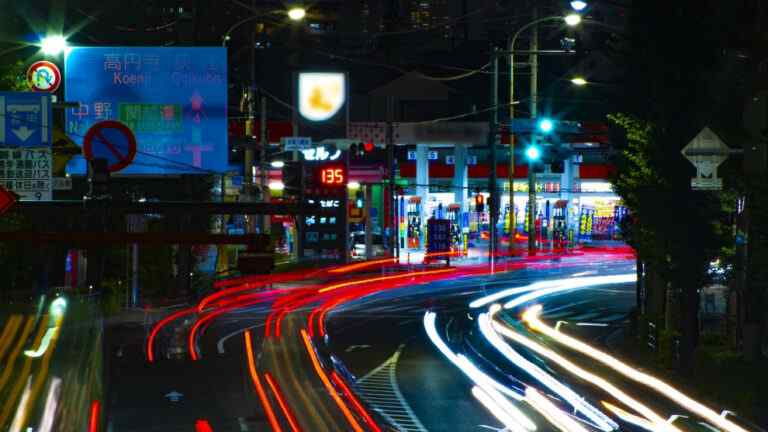In the world of smartphone photography, the Camera application offers an array of intriguing features, including Timelapse and Slow Motion modes. Have you ever wondered what Timelapse and Slow Motion modes are and how to use them? If not, you’re about to discover the answers to your questions.
What is Timelapse Video Mode?
Let’s dive into the world of Timelapse, which can also be referred to as Time Lapse or Time Interval. Timelapse involves taking a photo at regular intervals, such as every 10 seconds, 2 minutes, or 5 minutes.
When these photos are compiled into a video, the result is a mesmerizing accelerated effect. This feature is particularly great for capturing scenes like bustling crowds, drifting clouds, a picturesque sunset, busy traffic, or even the hustle and bustle of people on the move.
Of course, you have the flexibility to adjust the time interval according to your preference, but for simplicity, the application typically offers a speed multiplier. For example, if you’re using a Xiaomi device with MIUI 12 (such as the Xiaomi Mi 11i or Mi 11 Lite), you can choose acceleration factors ranging from x4 to an astonishing x1800.
This means you can even capture the gradual growth of a plant over time, although it’s wise to keep an eye on your device’s battery during extended captures.
Samsung, under One UI 3, provides options ranging from x5 to x60 (and even x15 or x45 at night on the Galaxy Note20 Ultra). The Asus Zenfone 8 supports speeds between x30 and x300, while the Google Pixel 4a 5G offers options from x5 to x120.
To achieve the best results, it’s essential to keep your device in a stable, fixed position during recording. Fortunately, the screen will stay active while recording but display in black, minimizing unnecessary power consumption.
With the assistance of a tripod and some do-it-yourself ingenuity, your smartphone can capture breathtaking timelapse scenes. Alternatively, you can simply secure your smartphone in a stable position for an equally remarkable effect.
What is Slow Motion Video Mode?
On the flip side, we have the intriguing world of Slow Motion. This mode is all about capturing a multitude of shots per second to portray movements with exceptional detail.
Whether it’s children leaping, a drop of water descending, a candle extinguishing, snowflakes falling, or athletes in action, Slow Motion mode brings a captivating touch to these scenes.
The outcome of your slow-motion shots depends on the capabilities of your smartphone. An older device like the Redmi Note 7 may be limited to 120 frames per second (fps) in 720p, while a high-end smartphone can offer 4K at this frame rate, and sometimes even higher options like HD in 240, 480, or an impressive 960 fps.
It’s important to note that well-lit conditions are essential since the increased photo capture speed can affect the amount of light captured.
Much like with Timelapse, you have the option to use a tripod or secure your smartphone in a stable position, although it’s not always necessary. Keep in mind that these slow-motion videos are often constrained in terms of length due to the intensive processing involved.
Efficiency and experimentation are key to achieving stunning results, so don’t hesitate to try multiple takes until you get the perfect shot!
Conclusion
In conclusion, the Camera application on your smartphone offers the remarkable abilities of Timelapse and Slow Motion modes. These features provide endless creative possibilities, allowing you to capture time in motion or detailed moments with precision.
Depending on your device, you may have various speed and resolution options at your disposal, so don’t hesitate to explore and push the boundaries of your smartphone photography skills.
Also Read: NordVPN vs CyberGhost VPN Comparison: Which One to Choose



